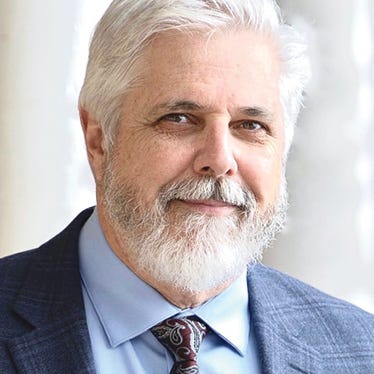March 21, 2024

Given current challenges like soaring input costs and dire farm income predictions, it’s no wonder that farmers are throwing up their hands in frustration.
Why don’t people understand or value agriculture and food production? Why does there seem to be so little public support for farming? And what do we do about it?
Well, to start with, let’s beef up communications with the public, and show people what’s in it for them.
Here’s a great example of how that can work. A new research study published in the American Dairy Science Association journal shows that simply increasing consumers’ understanding of dairy motivated them to buy significantly more and consume more.
The study showed participants infographics designed to educate them about the likes of food labels, nutrition and nutrients, all related to dairy.
Now, conventional wisdom would say that’s boring. No one wants to be educated about agriculture and food (or anything else, for that matter), right?
But this dairy study found otherwise. A month after learning dairy facts via the infographics, participants increased their average dairy product purchases by an impressive 26%. The jump for fluid milk, which does battle daily for market share against soda and energy drinks, was even more impressive: Consumption soared a whopping 53%.
And it was all because of education.
Big plans
Since the fall, the University of Illinois Urbana-Champaign has been working to create a communications education, professional development and research entity to bring balanced information about agriculture and food to the table.
The gap between food, agriculture and the public has widened, and we think communications efforts, like the dairy study described here, will help.
So this month, we’re launching the James F. Evans Global Center for Food and Agricultural Communications, dedicated to education, professional development and research.
At its core, the Evans Center will offer opportunities for professionals already in the field, and for students in our undergraduate and graduate agricultural communications program that we’ve rebuilt with industry guidance over the past three years.
It will dig into sticky agriculture and food communications problems, like misunderstanding or misrepresentation, and look for opportunities to help sort them out.
It will help people everywhere think critically about all sides of an issue.
And it will offer professional development for those who need traditional and modern skills to communicate accurate, sound information.
The center is named after storied U of I agricultural communications pioneer Dr. Jim Evans. Beginning in the 1960s, Evans set the stage for balanced approaches to food and agricultural information at home and abroad, incorporating technology to bring communications professionals into the classroom.
He traveled globally to help universities create ag communications curricula that recognize common ground and connectivity among all players in the communications triad: the audience, those conveying information and those creating information.
The center will build on that foundation, and we welcome your input. Communications is a job that’s never finished; together, let’s address communications challenges and opportunities in agriculture and food, with education, professional development and research.
About the Author(s)
You May Also Like






